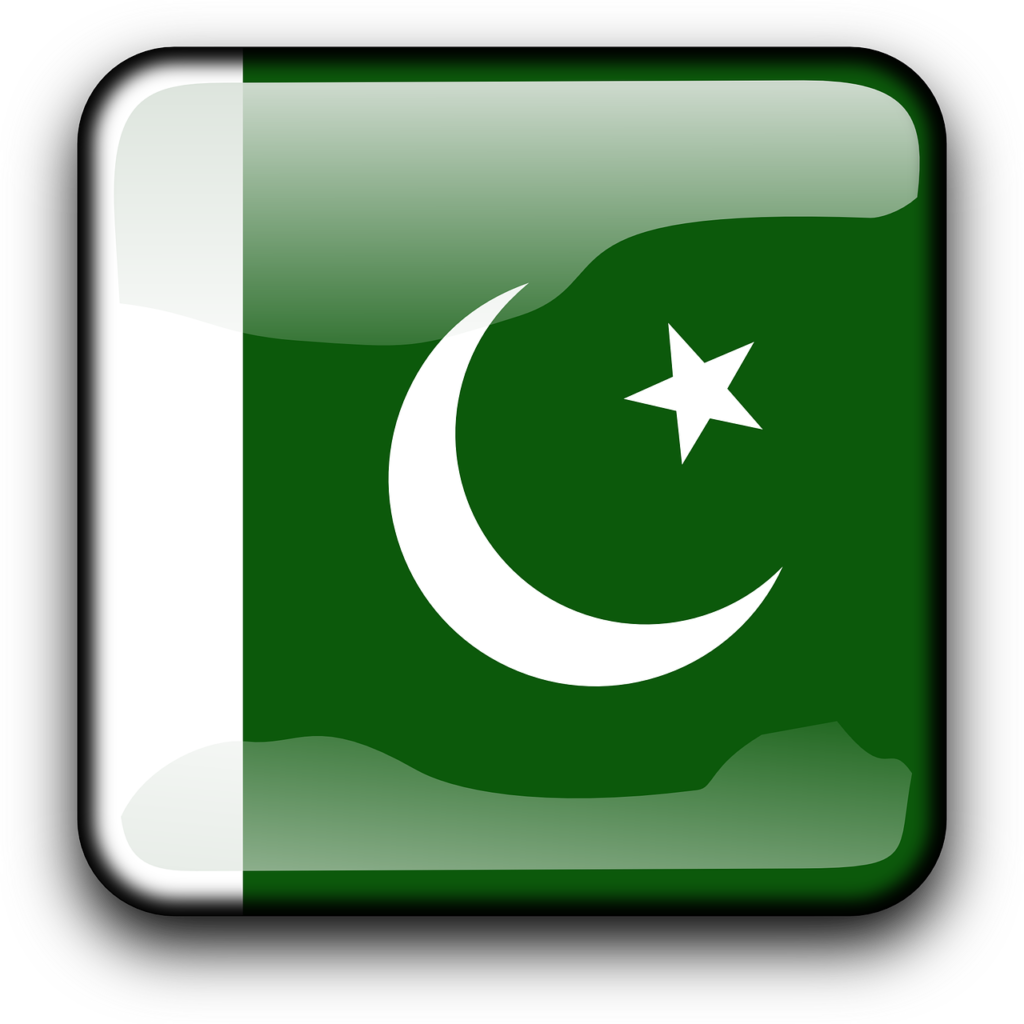The relationship between Pakistan and Jammu and Kashmir is a complex and contentious issue, deeply rooted in the historical, political, and cultural contexts of the South Asian subcontinent. To understand this dynamic, it is essential to examine the historical background, the political developments, and the current situation in detail.
Historical Background
The Partition of British India (1947)
The roots of the conflict trace back to the partition of British India in 1947, which led to the creation of two independent states: India and Pakistan. The partition was intended to separate the predominantly Hindu regions and the predominantly Muslim regions of British India into two distinct countries. However, the princely states, which were semi-autonomous regions under British suzerainty, were not automatically included in either country. Jammu and Kashmir was one such princely state. It was a Muslim-majority region with a Hindu ruler, Maharaja Hari Singh. As the partition unfolded, the Maharaja faced internal unrest and an invasion by tribal militias from Pakistan. In response, he sought military assistance from India and agreed to accede to India under certain conditions.The Accession to India and the First Kashmir War (1947-1948)
The Maharaja signed the Instrument of Accession to India on October 26, 1947. In return, India sent military assistance to repel the invading forces. This move led to the first war between India and Pakistan, which ended in early 1949 with a ceasefire brokered by the United Nations. The ceasefire line, known as the Line of Control (LoC), divided the region into areas administered by India (Jammu and Kashmir) and Pakistan (Azad Jammu and Kashmir and Gilgit-Baltistan).Political Developments
The Simla Agreement (1972)
In 1971, the second war between India and Pakistan occurred, culminating in the creation of Bangladesh. Following this conflict, the Simla Agreement was signed in 1972, which aimed to establish a framework for peaceful resolution of the Kashmir dispute. The agreement reaffirmed the LoC as the de facto border and emphasized that any disputes should be resolved through bilateral negotiations.The Insurgency and the Kashmir Conflict
Throughout the 1980s and 1990s, Jammu and Kashmir witnessed an insurgency against Indian rule, fueled by discontent among some of the local population and external support from Pakistan. The insurgency involved armed militias, some of which were supported by Pakistan, leading to a significant loss of life and severe human rights abuses on both sides. The Indian government’s response included military action and widespread counter-insurgency operations, which further exacerbated the situation.Current Situation
Territorial Administration
Today, Jammu and Kashmir is divided into two distinct administrative regions under Indian control:- Jammu and Kashmir: The region consists of Jammu, the Kashmir Valley, and Ladakh. The region has a special status under Article 370 of the Indian Constitution, which grants it a degree of autonomy. However, this special status was revoked in August 2019, leading to increased tensions and a reorganization of the region into two Union Territories: Jammu and Kashmir, and Ladakh.
- Ladakh: This region was carved out as a separate Union Territory in August 2019, with its own administrative setup. It is strategically significant due to its proximity to the borders with China and Pakistan.
- Azad Jammu and Kashmir (AJK): An autonomous region with its own government, but under the control of Pakistan.
- Gilgit-Baltistan (GB): Also an autonomous region, it is governed by a local assembly but is considered a part of Pakistan-administered Kashmir.
International Diplomacy and Relations
The Kashmir dispute remains a core issue in India-Pakistan relations. Both countries have engaged in numerous rounds of diplomatic talks, but a comprehensive resolution has proven elusive. The international community, including the United Nations, has been involved in mediating and providing frameworks for dialogue, but no long-term solution has been achieved.Recent Developments
The revocation of Article 370 by the Indian government in August 2019 marked a significant shift in the status quo. This move was accompanied by a heavy security lockdown in Jammu and Kashmir, leading to international condemnation and increased tensions between India and Pakistan. The situation remains fluid, with periodic flare-ups of violence and ongoing discussions regarding the region’s future.Socioeconomic Impact
The prolonged conflict has had a profound impact on the lives of people in the region. Economic development has been hampered by the ongoing instability, and both regions suffer from infrastructural deficits. In Jammu and Kashmir, the conflict has led to significant disruption in daily life, displacement, and economic hardship. Similarly, in Pakistan-administered regions, the focus has been on balancing local autonomy with broader geopolitical considerations.Conclusion
The dispute over Jammu and Kashmir is a multifaceted issue involving historical grievances, territorial claims, and complex political dynamics. While efforts have been made to address the conflict through diplomatic channels and international interventions, a lasting resolution remains out of reach. The region’s future will likely continue to be shaped by the interplay of domestic politics, regional dynamics, and international pressure. Understanding this intricate situation requires acknowledging the diverse perspectives and experiences of those directly affected by the conflict. Only through sustained dialogue, mutual understanding, and respect for the aspirations of all parties involved can there be hope for a peaceful and equitable resolution to the Kashmir dispute

